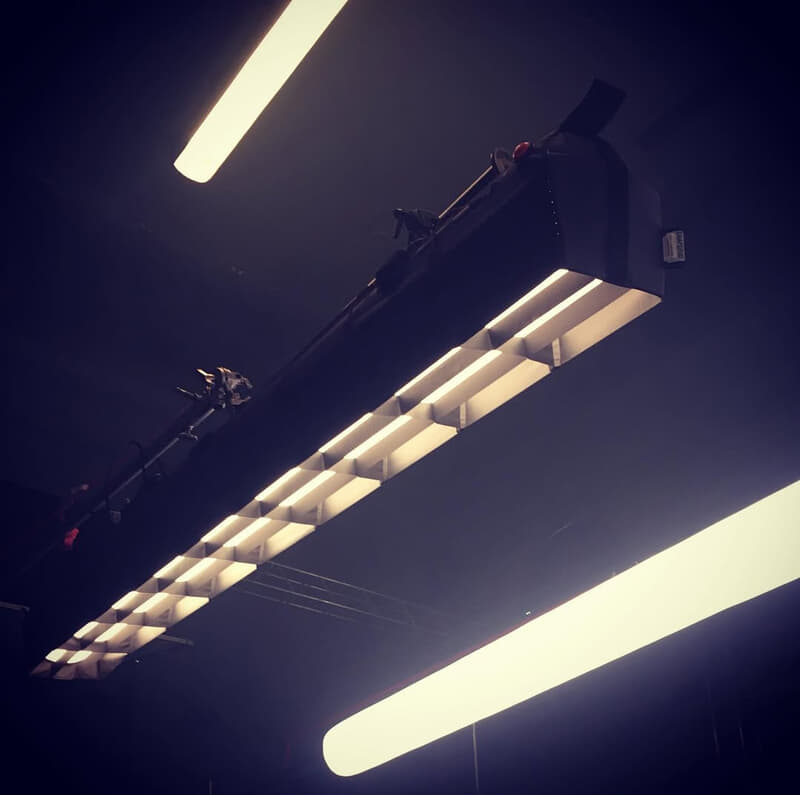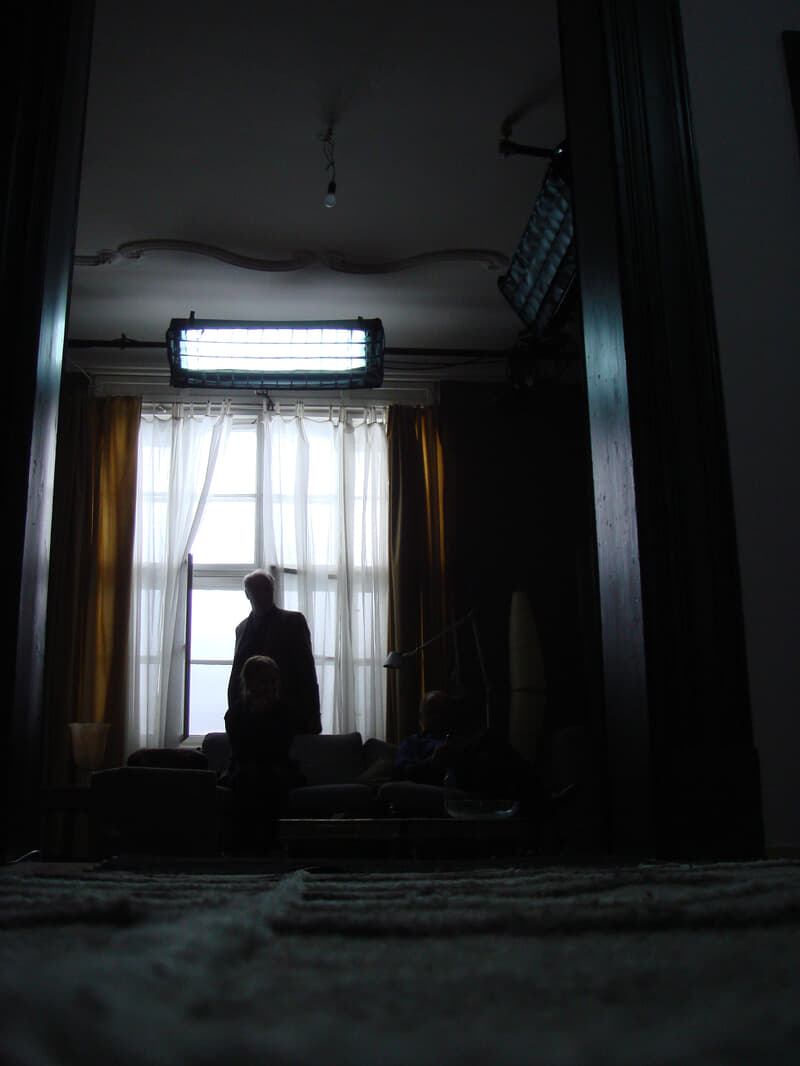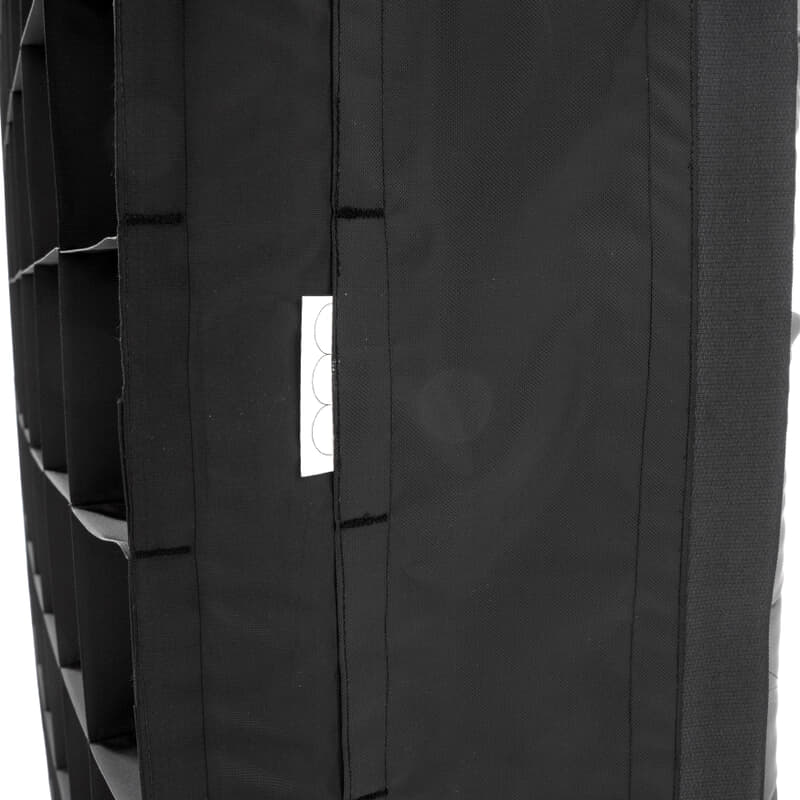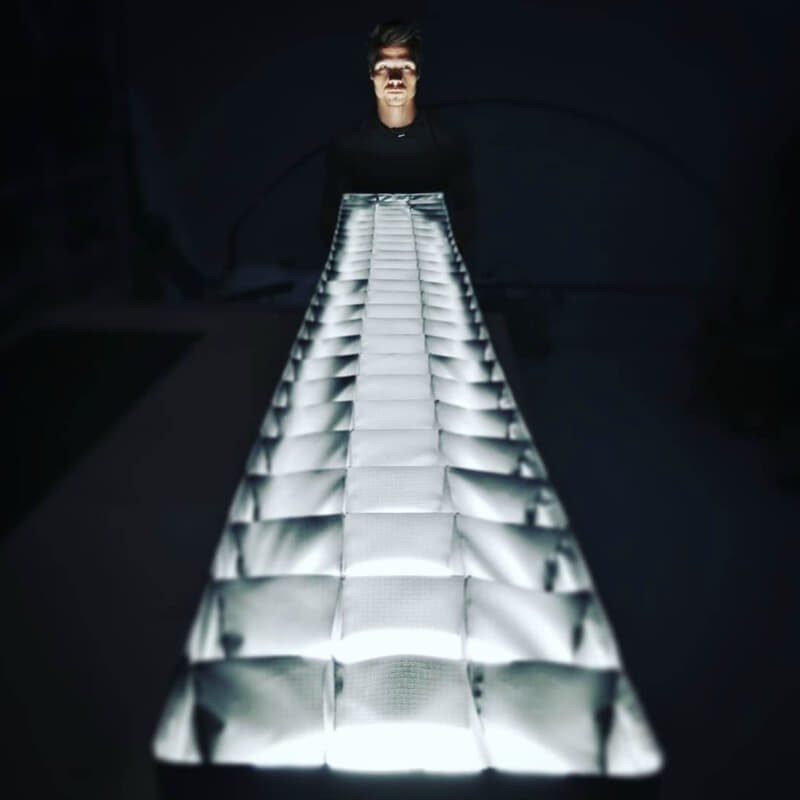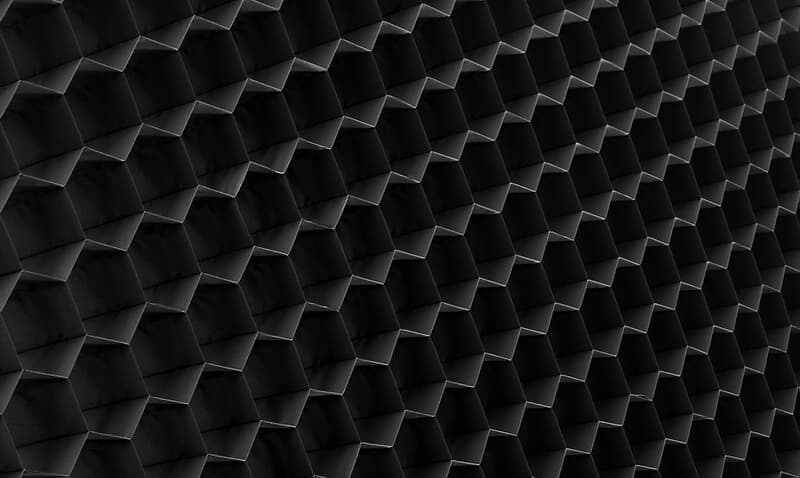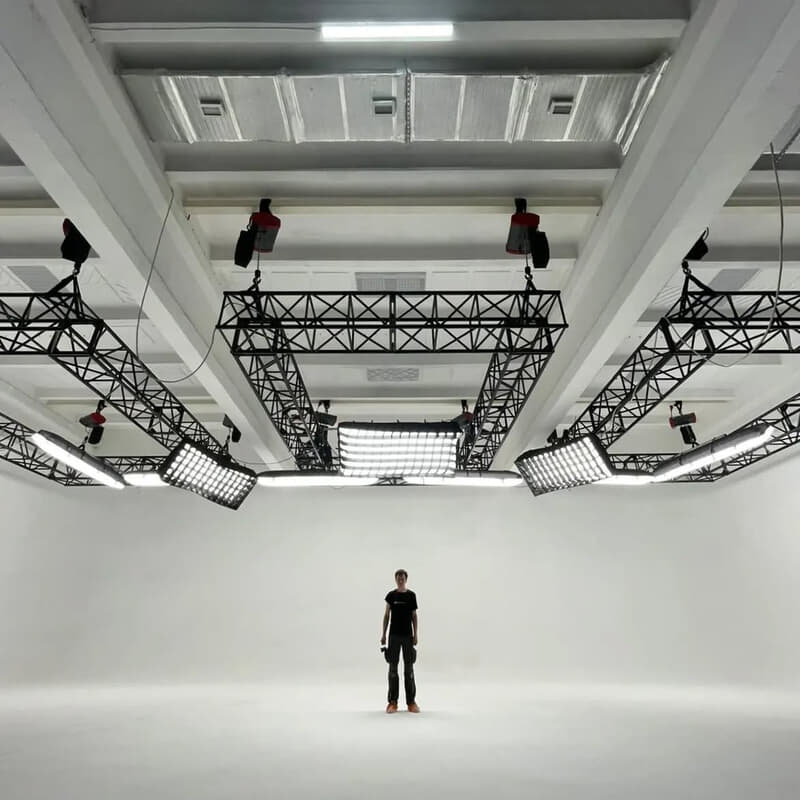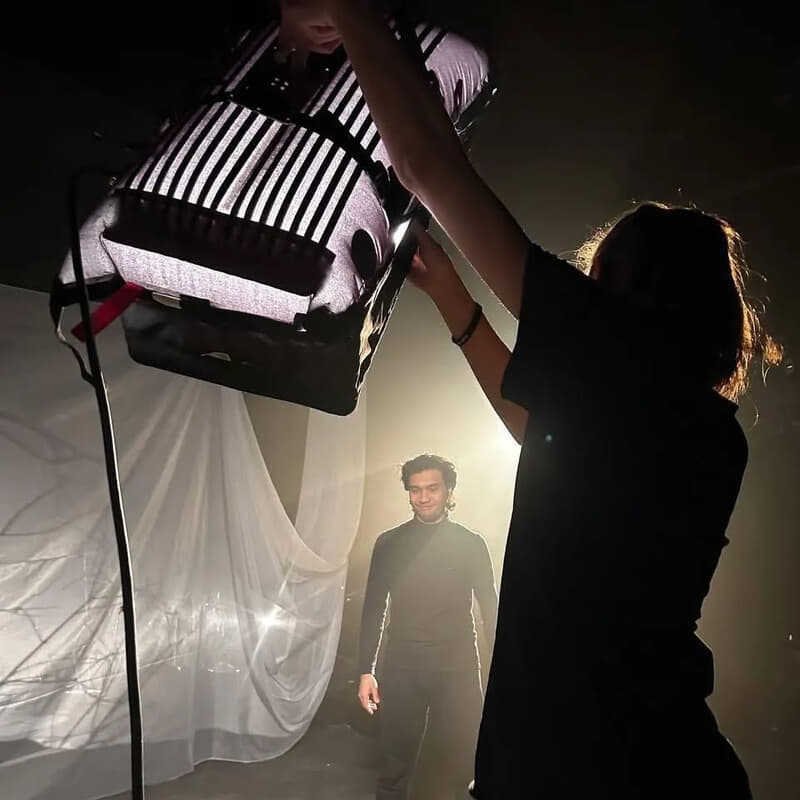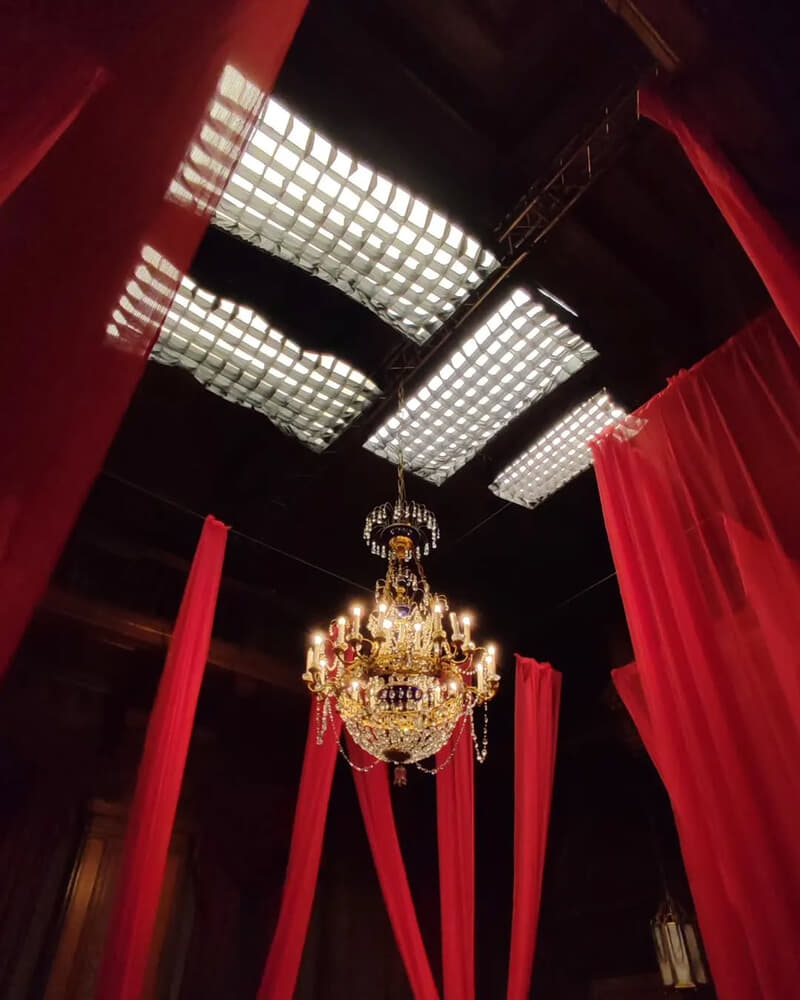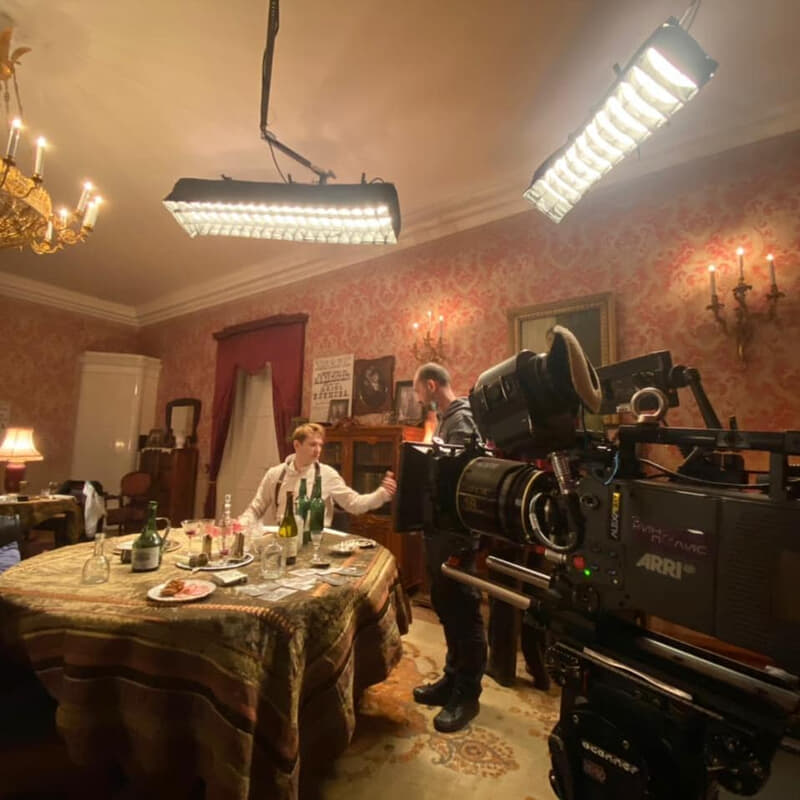DoPchoice’s specially designed SNAPGRIDS® for inflatable tubes and panels offer precise light control without compromising the soft quality of your source. Made from durable, lightweight fabric, they attach securely to inflatable lighting systems—keeping your beam where you want it.
With a flexible design that conforms to the shape of air-filled tubes and pillows, these SNAPGRIDS® stay taut and reliable, even in challenging setups. Quick to deploy and easy to pack flat, they’re built for the fast pace of modern production.






















